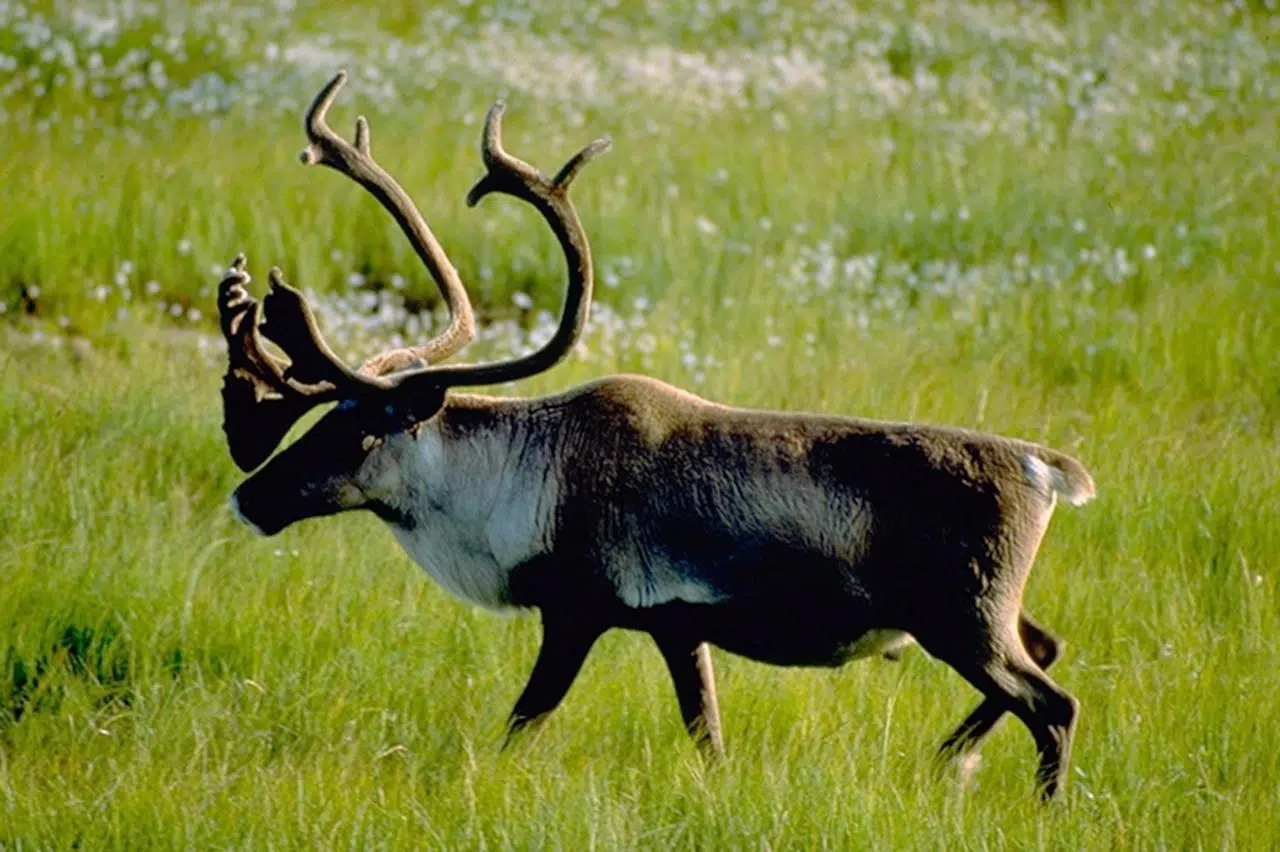
Provincial permits don’t consider Species at Risk Act: Environment Canada
OTTAWA — Recovery of Canada’s declining caribou herds is being hampered because provincial agencies that license development on the habitat of the threatened species aren’t required to follow federal environmental laws.
“It is a concern,” said Jonathan Wilkinson, parliamentary secretary to Environment Minister Catherine McKenna.
On Monday, Environment Canada released a report assessing how provinces are doing in protecting habitat for caribou, a threatened species in every jurisdiction that has them. The idea, said Wilkinson, was to examine actions on the ground and a province’s “legal architecture” to see if it was equivalent to federal legislation.
“What we have found is they are not,” he said. “There are gaps with respect to protection relative to species at risk nationally.”
